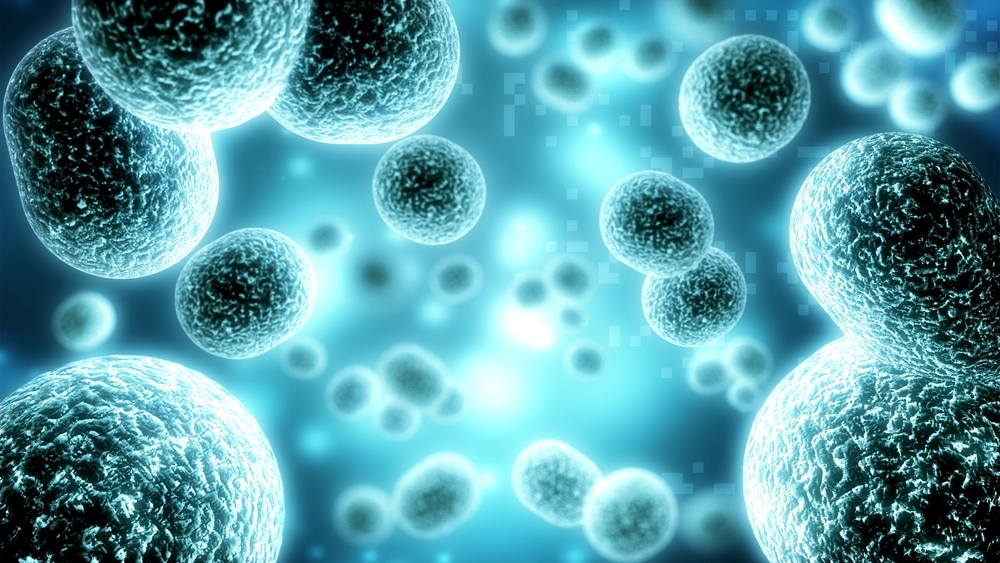'Hijacking' Cells: Scientists Aim to Create More Powerful Cell Building Blocks

Components of cells known as organelles helped kick-start complex life on Earth hundreds of millions of years ago. And now, researchers are trying to invent "designer organelles" that can give cells new capabilities, according to a new study.
All multicellular organisms on Earth, such as plants, animals and fungi, possess compartments within their cells, known as organelles, that can give them powerful capabilities. For instance, the organelles known as chloroplasts help plants harvest energy from the sun, while the organelles known as mitochondria help cells break apart fuel molecules with the help of oxygen.
By modifying existing organelles, scientists could help cells generate molecules they might not otherwise produce. Currently, researchers can modify the DNA of cells to help them manufacture proteins they could not otherwise make. However, such proteins, or the intermediate compounds produced in creating these proteins, may damage these cells. Alternatively, other chemicals within these cells might damage these proteins or their intermediates. Isolating such manufacturing processes within organelles could help protect both these cells and the desired products, according to the researchers. [Magnificent Microphotography: 50 Tiny Wonders]
To create designer organelles, study senior author Stuart Warriner, a chemical biologist at the University of Leeds in England, and his colleagues suggest modifying a type of organelle known as a peroxisome. This small organelle is packed with enzymes that help cells destroy toxins and digest the building blocks of fat.
"We could quite easily hijack the peroxisome," Warriner told Live Science. "We now have the molecular tools to manipulate what proteins get imported into peroxisomes. We can switch things in and out of them quite selectively."
In experiments, Warriner and his colleagues showed they could deliver specific proteins into the peroxisomes of moss cells. This raises the hope that future research could import an assembly line of proteins into peroxisomes to manufacture compounds, the scientists said.
Warriner and his colleagues are now seeking funding to modify peroxisomes in yeast. Future research could investigate how to create modified organelles that can exist alongside conventional versions of these organelles in a cell, as opposed to having cells that have either the modified or conventional versions, as is currently the case, he said.
Sign up for the Live Science daily newsletter now
Get the world’s most fascinating discoveries delivered straight to your inbox.
If designer organelles are successfully created, in the near term they could help serve as factories of desirable molecules such as medicines in yeast, Warriner said. Further out, Warriner said such experiments could be performed with plants. However, when it comes to humans, "I just think that's a very long way away," Warriner said. "I don't see it as desirable. I can't see a specific application for what that would be useful at the moment."
The scientists detailed their findings online Sept. 6 in the journal Nature Communications.
Original article on Live Science.












